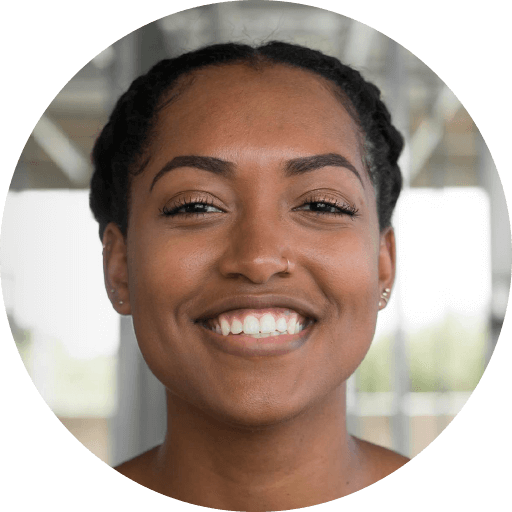Review: ‘This Bridge’ Is an Audacious New Dance Work
Siobhan Burke, New York Times
Siobhan Burke, New York Times
“I would like to understand what is happening,” Miguel Gutierrez said during his show at the Chocolate Factory Theater on Wednesday, looking comically lost and stressed out. He was speaking in rapid Spanish, with English translations projected on the walls beside him, as a baffled character in his own live, absurdist telenovela. At this particular moment, with dialogue flying among him and his fellow cast members, the audience might have wondered the same: What was happening?
One joy of “This Bridge Called My Ass” — a dense, audacious and wickedly funny work that had its premiere as part of the American Realness festival — is the way that question evades any simple, stable answer. Mr. Gutierrez has long been a master of keeping an environment in flux, while somehow holding it all together. “This Bridge” contains multitudes and unflinchingly bears their weight.
Borrowing its title (in part) from the 1981 feminist anthology “This Bridge Called My Back: Writings by Radical Women of Color,” the work itself is as tangled as the questions propelling it. Collaborating with five stellar performers and the dramaturg Stephanie Acosta, all of Latin American heritage, Mr. Gutierrez set out to explore a perception pervasive in his artistic circles, one that links artists of color with identity politics and white artists with investigations of pure form (as if such a thing exists, as if whiteness were not an identity).

At first, “This Bridge” reads like a sendup of a so-called formalist dance. As audience members take their seats, the performers are already engaged in matter-of-fact tasks, dryly reciting trabalenguas (Spanish tongue twisters) and rearranging objects strewn across the space: ladders, stools, laptops, power strips, swaths of pastel and fluorescent fabric. Stuff for stuff’s sake. Mr. Gutierrez fastidiously lays a pair of red mesh underwear next to a plastic fan. Evelyn Sanchez Narvaez bundles pink fabric draped from the rafters, as if drawing curtains.
The scene grows more chaotic and erotic, as clothes come off and naked bodies make intimate contact — to put it mildly — with props and with one another. Music blares from portable speakers, including a hand-held tape recorder that finds itself between at least one dancer’s butt cheeks. Sources of sound (by Mr. Gutierrez and the cast) and light (by Tuce Yasak) shift so quickly they are difficult to trace.
As “This Bridge” keeps taking unexpected turns, Mr. Gutierrez both amplifies and undercuts stereotypes of Latin American identity, those that play out in soap operas and — though the references are less direct — in the rhetoric of our national leaders. And while there’s plenty of humor, one moment stands out for its starkness: The dancers, on their hands and knees, find stillness, and the room falls silent. Their pose echoes the original cover image of “This Bridge Called My Back,” and while it may be vulnerable, it’s also rooted and strong.
Siobhan Burke for the New York Times – January 10, 2019





























